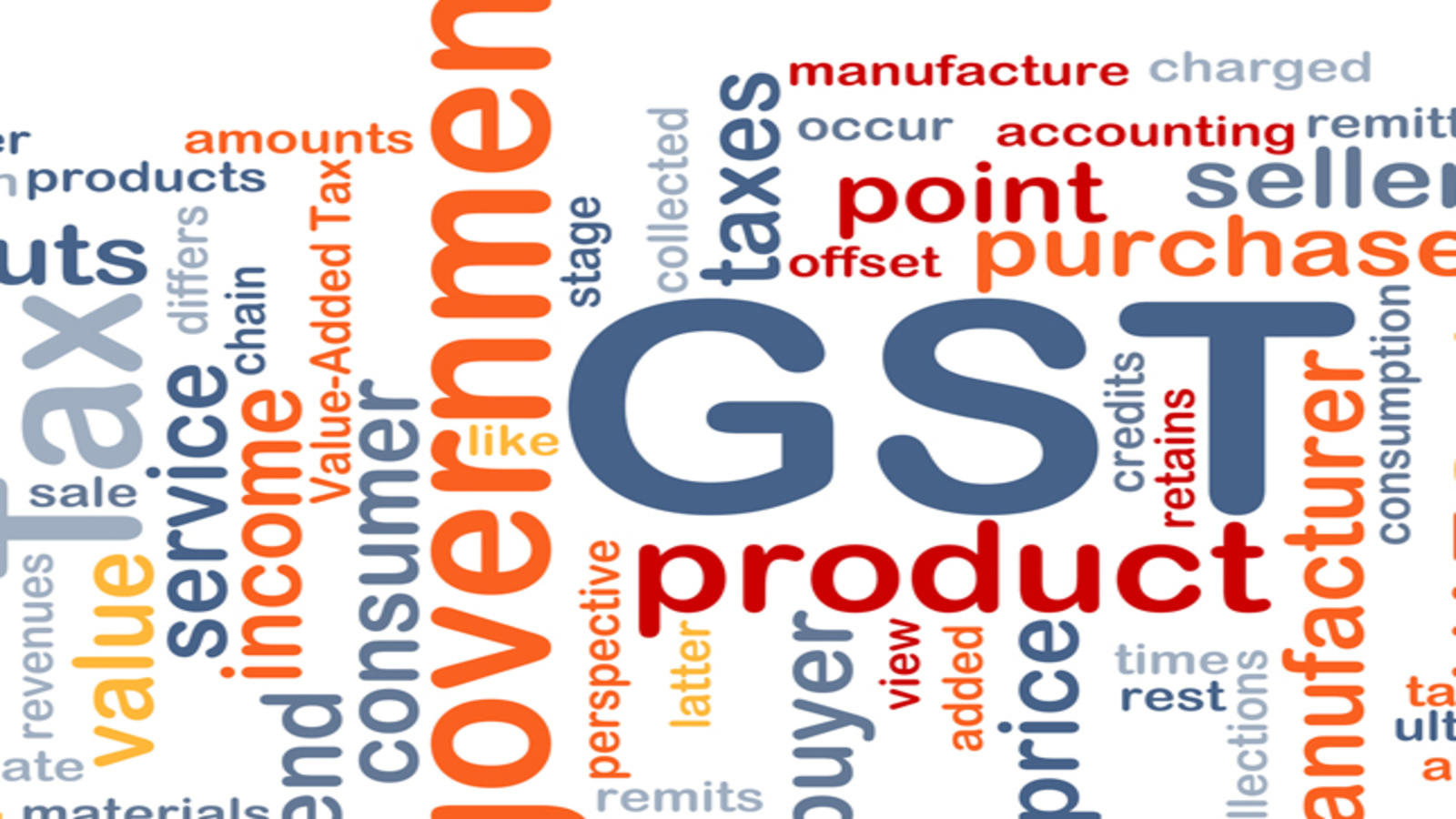GST UPDATE
### Key Sections Relevant to SCN in GST:
1. Section 73 & 74 of the CGST Act, 2017: These sections deal with the determination of tax not paid, short paid, erroneously refunded, or input tax credit wrongly availed or utilized for any reason other than fraud or any willful misstatement or suppression of facts to evade tax. Section 73 applies for cases other than fraud, and Section 74 applies for cases involving fraud or willful misstatement.
2. Section 75 of the CGST Act, 2017: This section outlines the general provisions relating to the determination of tax.
3. Section 76 of the CGST Act, 2017: This section deals with tax collected but not paid to the Government.
4. Section 77 of the CGST Act, 2017: It covers scenarios where tax is paid on transactions considered as supply but later not considered as a supply.
5. Section 78 of the CGST Act, 2017: Payment of tax, interest, penalty, and other amounts.
### Steps to Reply to an SCN in GST:
1. Review the SCN Carefully: Understand the issues or discrepancies raised by the GST authorities. Identify the specific sections and periods in question.
2. Gather Relevant Documents and Evidence: Collect all necessary documents, such as tax invoices, ledgers, GST returns, and any other relevant records that support your case.
3. Legal Grounds and Provisions: Refer to the relevant sections of the CGST Act and rules that apply to your case. Prepare a legal argument that supports your position, citing the appropriate provisions.
4. Drafting the Reply: The reply should be structured, starting with an introduction to the issue, followed by a detailed explanation of your arguments, supported by legal provisions and documentary evidence. It should be respectful, concise, and to the point.
5. Submission: The reply to the SCN must be submitted within the time frame specified in the notice, usually 30 days from the date of receipt of the SCN. The submission can be made online through the GST portal or as specified in the notice.
6. Seek Professional Help: Considering the complexities involved in GST laws and the potential implications of the SCN, it may be prudent to seek advice or representation from a GST expert or legal professional.
### Conclusion
Replying to an SCN requires a detailed understanding of the GST law, careful analysis of the issues raised, and a well-documented response that addresses each point raised in the notice. Compliance with the procedural aspects, such as the timeline for submission, is crucial to avoid further legal complications.
Read more: https://www.edatabook.com/c-detail/3888
Check Draft reply of GST Notice and Appeal format in our EdataBook
Stay tuned and Save my number for any query +91-9871530610.
CA. Praveen Sharma



0 Comments: